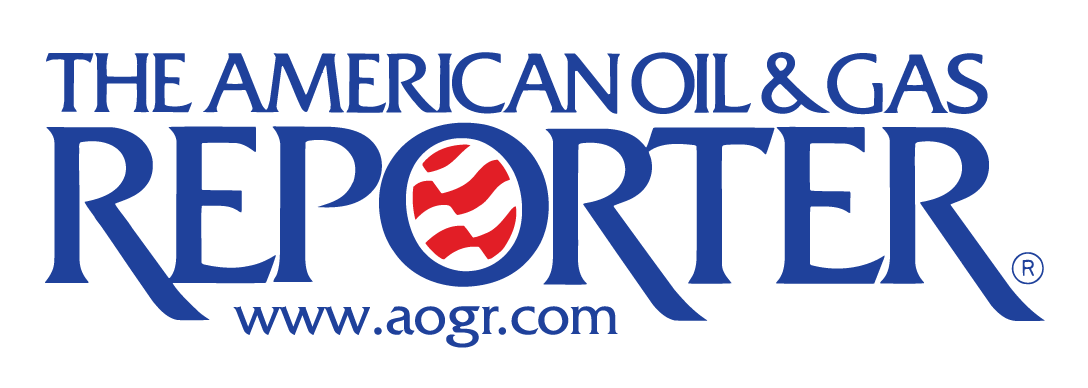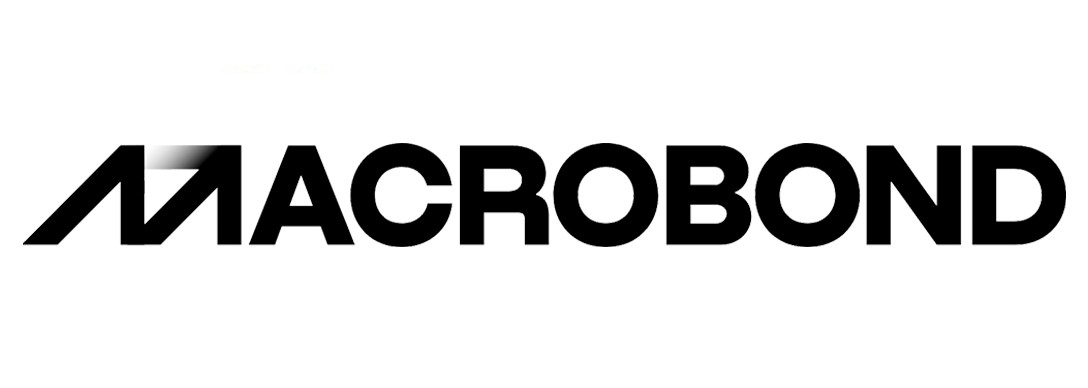Last week we touched on the growing disconnect between oil prices and field activity. In this week’s Monday Macro View**, we shift from the macro to the margins—literally. The Uinta Basin has long flown under the radar, but what’s happening there now reflects something broader. Despite a solid run of completions in 2024, production has flattened. The problem isn’t geology—it’s everything after. Waxy crude, no pipelines, and high pour point handling costs make Uinta uniquely vulnerable to downturns. Operators are behaving accordingly. Our FSC and HHP data show spread counts flickering, horsepower holding steady but not growing, and no one willing to truly lean in. With just four active spreads and flat horsepower quarter to quarter, this is now a minimalist basin, and the moment margins contract further, the whole setup could unravel.
Zooming out, the Market Sentiment Tracker* continues to highlight fault lines in the global economy. Retail sales in the U.S. were flat. Core PPI dropped sharply, margins are thinning, and real wages slipped again. Manufacturing remains sluggish, with April’s output down 0.4%. Europe saw industrial sentiment improve in Germany, but consumers in France and Italy are still pulling back. China, meanwhile, flooded the system with liquidity—but households and firms didn’t bite. New loans cratered, and the credit impulse is faltering. Globally, we’re in a moment where stimulus is plentiful, sentiment is mixed, and stalling feels like the base case. That makes every marginal basin, like the Uinta, even more exposed.
Moving towards our Key Takeaways, Baker Hughes is leaning* into gas while bracing for pain. Q1 results weakened, and the company flagged a $100–$200 million EBITDA hit if tariffs reapply. Upstream capex is falling in North America, but LNG and gas infrastructure remain strong bets. Halliburton’s playbook is similar*—but the contrast between its domestic and international outlooks is sharp. North America is softening. Frac spreads may be idled or exported. STEP Energy Services*, meanwhile, has exited U.S. frac altogether and plans to relocate its Tier 4 dual-fuel equipment to Canada. It’s a telling move from a company trying to make efficiency count in a volume-light environment.
When you step back, it’s all part of the same story. Field activity is holding on, but barely. Some basins are hanging by a thread, others are already pulling back. The global economy feels off-balance—strong in places, soft in others. And companies are reacting in different ways, trying to make the most of a tough setup. These aren’t separate trends. They’re all connected. And watching how they move together might be the best clue for what comes next.
Stay ahead with real-time insights, operator-level data, and the kind of analysis only Primary Vision can provide. Let us help you see what’s next!
Learn more about a subscription here or email us directly: info@primaryvision.co
*Premium Subscribers
**Enterprise Subscribers








